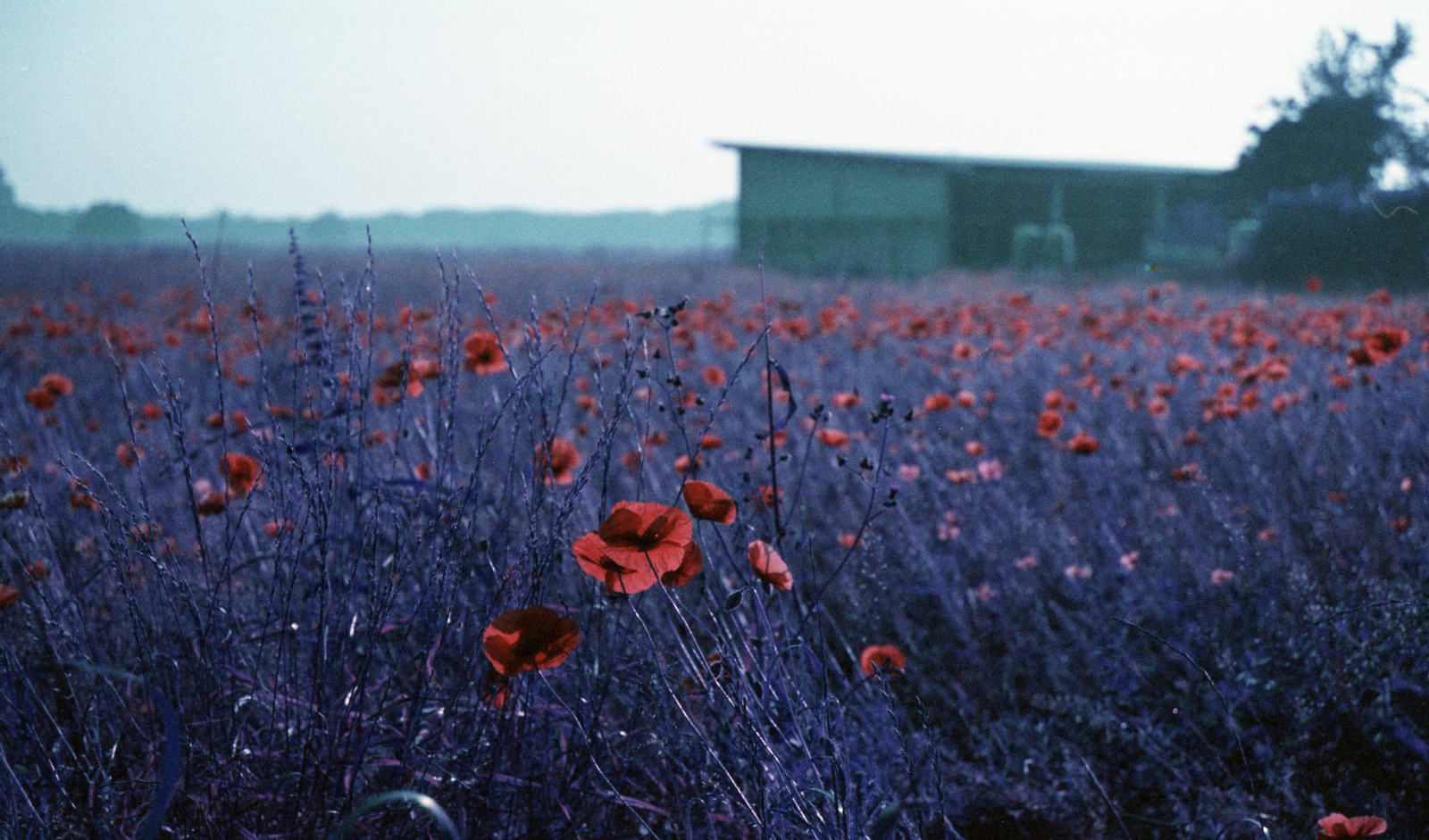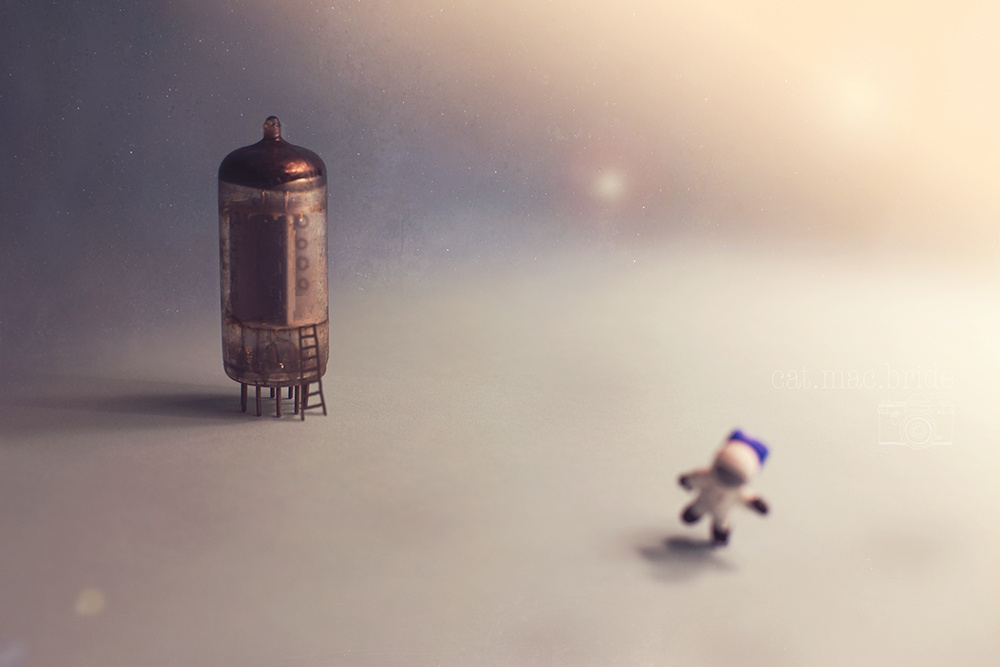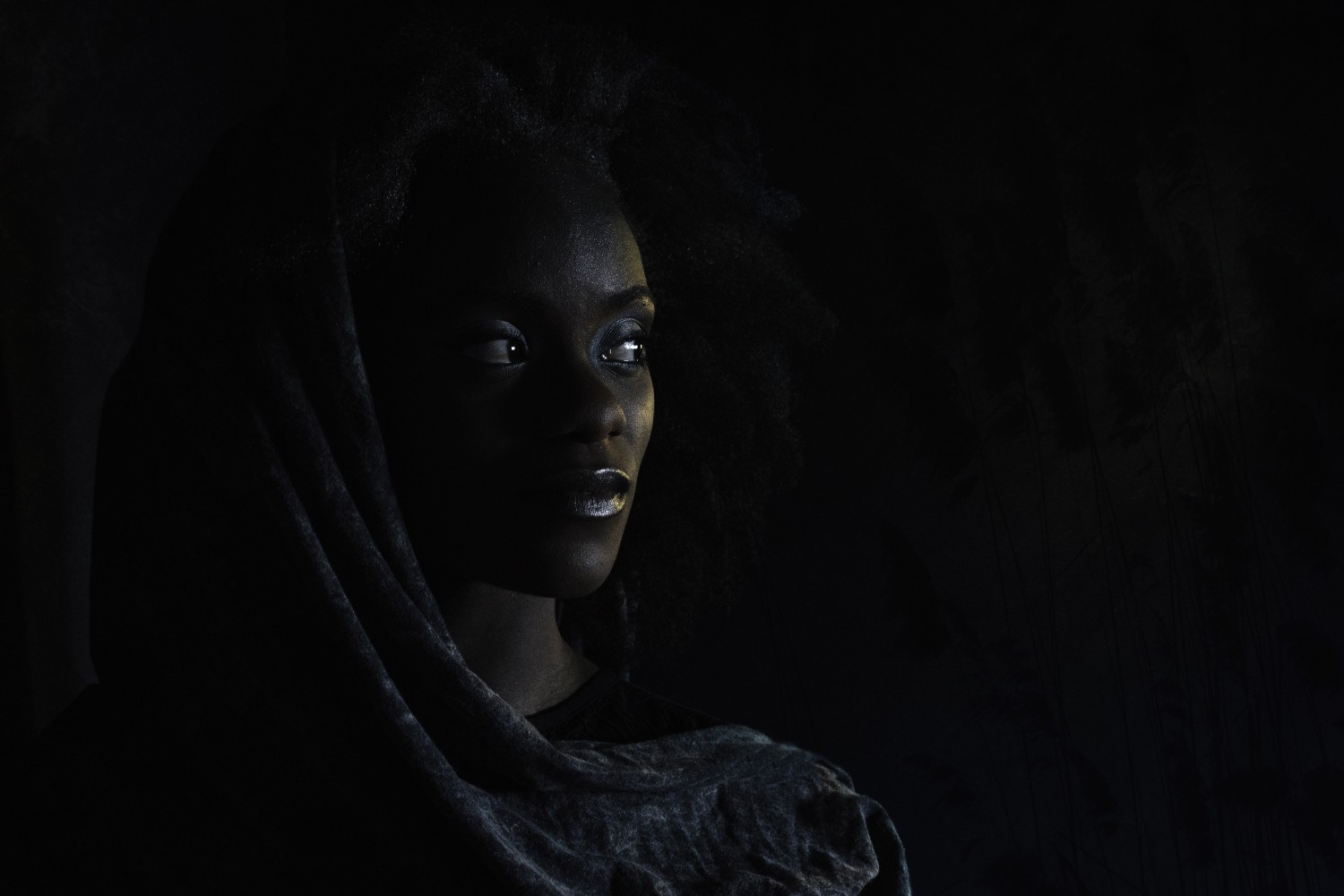Thanks to technology and our rapidly-evolving culture, there are now countless ways to capture stories into photos. Still, it never fails to amaze us how many people—young and old—continue to enjoy the time-tested tradition of film photography. In this interview, we asked 26-year-old analog photographer Giulia Monacolli to share the stories behind her most striking shots, along with some of her best tips and tricks for shooting with film.
Having already amassed 36,000 followers in the 500px community, this Italy-based photographer’s story is quite unique—Giulia first started with digital cameras, but eventually discovered analog. Her photos capture the natural beauty and look of film, but not one of her images have any post-processing work done to them. Read on, and get inspired!
This photo was taken in the early summer this year. I woke up very early and drove to the seaside, because I wanted to take some pictures of a lighthouse, but I never reached it. It was my lucky day because along the countryside just next to the beach, there was a really intense morning mist illuminated by the sunrise. The film I was shooting with was a Lomochrome Purple by Lomography. This is probably the most unique film still in production. It recreates the effect of a color infrared film, and it gives a surreal effect to the pictures. When I saw the poppies field, I just stopped the car and took the picture. This shot was taken from the same day too.
This shot was taken some years ago while I was walking in a park with a friend. I saw a big leaf on the ground, and I thought the scratches on it would look nice on a face. I used the double exposure technique with my dad’s old analog Canon Eos 600. The leaf was dark, so the light on the face shone against it. You can’t see the texture of the leaf at all, but the leaf was taken on backlit—a great difference of exposure. This light created a silhouette and “erased” the rest of the face. It’s not easy to calculate exactly how your second shot will interact with your first one. Most of the time you just have to try and wait.
The photo was also taken in a park, a couple of months ago. It was just before sunset. The light is everything. Again, this is a double exposure shot and the film is a Lomochrome purple. The first shot is a simple portrait that has been backlit. The light from behind was nice, but it wasn’t enough to create a silhouette effect, so I decided to underexpose the second shot and not focus it; to make it soft and barely visible. Again, in the brighter areas, the second shot isn’t visible at all.
Interview
Now let’s get to know the photographer behind the images better. Read on for our brief, exclusive Q&A with Giulia Monacolli.
What inspires you to take these photos?
Most of the time, I think my photography is a complete accident. But there’s actually a lot of experimenting, and trial and error. What I love the most is the double exposure technique, which means you can expose two times with the same film frame. I was fascinated by the mysterious way that silver salts physically react to this—how light erases and creates shapes. For this same reason, I’m also into wet plate collodion process, but this takes a lot of time to get decent results. Most of my inspiration comes from a black and white double exposure I had seen some time ago. It really caught my attention and sparked my interest to learn how to create these kinds of images! Sometimes, photography can’t capture the emotion of a moment or a really particular light, so I prefer to create something surreal and dreamy, like an insight into another dimension.
Who are some of your favorite photographers?
I get my inspiration from photographers, like Louis Dazy and James Summerfield.
What are some techniques that might help photographers create the kind of photos you shoot?
Understanding how light affects the image is probably the most important thing when it comes to the double exposure technique. Also, you have to feel it—there’s a bit of magic in this.
Any advice for photographers who aspire to be like you?
The best bit of advice that I could give to anyone that wants to learn this style is that practice makes perfect, though not every photo you take will be perfect. Practice the importance of how light can affect the image of the film. It’s all a bit of trial and error. Once you get the hang of it, you’ll be able to understand how certain exposures react differently in different environments. Then, you should be on your way to creating some really cool imagery!
To see more of her striking analog work, follow and visit Giulia Monacolli on 500px.












Leave a reply